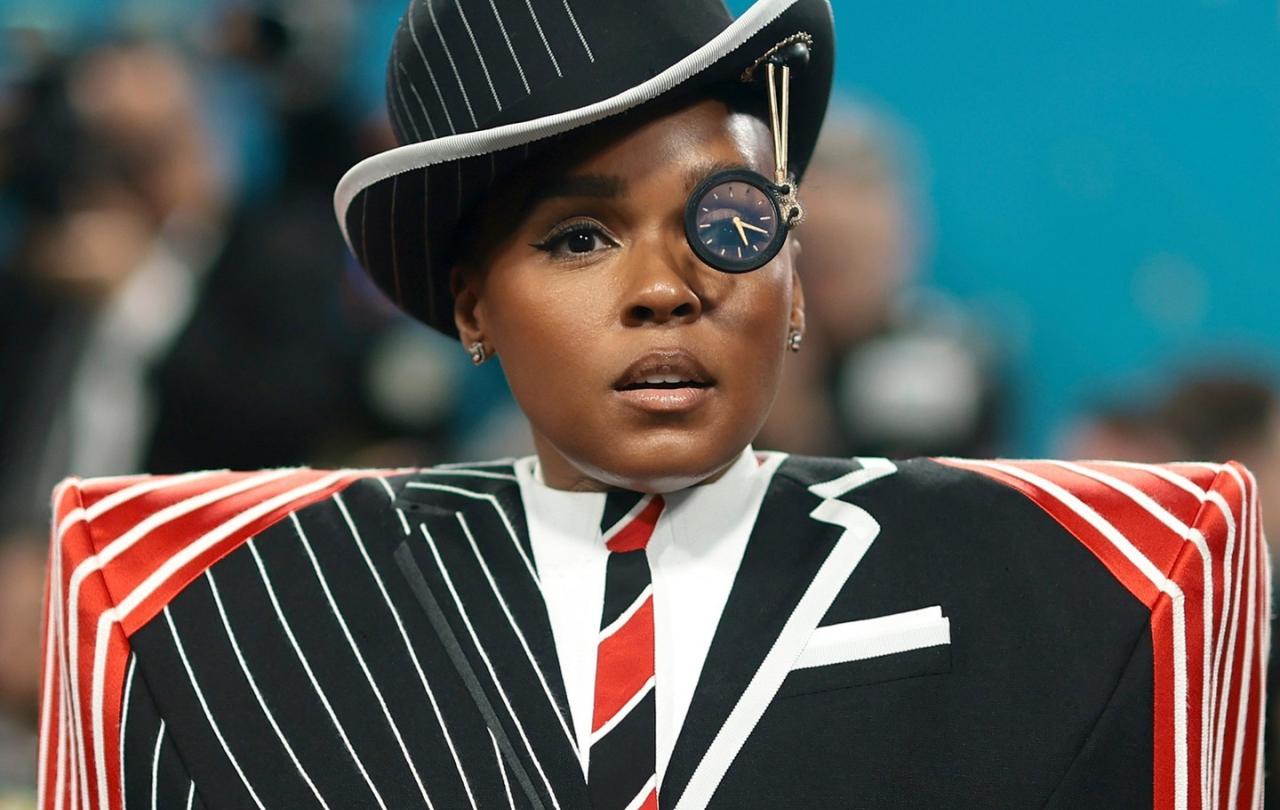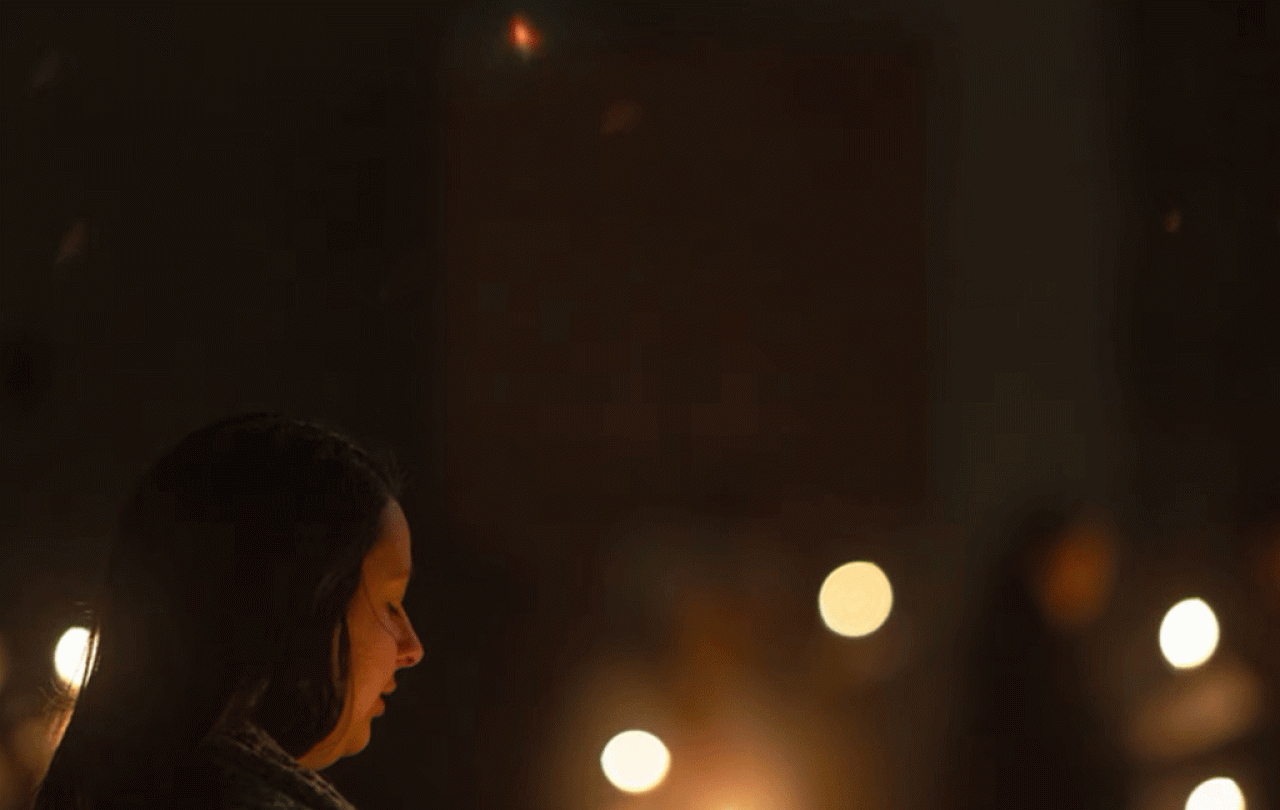
The Met Gala happened on Monday; a menu of celebrities was offered up to us, each one posing on the steps of the Metropolitan Museum of Art in the heart of New York City, decorated from head-to-toe, like an army of art exhibitions that had come to life.
What happens as soon as these finely clad celebrities make their way into the museum? Nobody outside of the room knows. And, Anna Wintour, the brains behind the entire operation, goes to infamous lengths to keep it that way. But everything that happens in the moments before they walk through those iconic doors is a carefully curated display, designed for our eyes to feast on. They’re counting on us to look their way, to stare, to soak it all in.
It poses the question: if a Met Gala happens and nobody is around to see it, does it really take place? I think I can hazard a guess at what Anna Wintour’s answer would be.
Our attention is the currency of the entire event; every celebrity is vying for it. And it’s not enough to have a little share of it, the prize is to have the most. At the very least, you need to earn enough attention to ensure that your presence at the event is memorialised. It’s interesting, it’s like an incredibly opulent version of teenagers writing that ‘so and so was here’ on all their school desks. The craving seems to be the same, we want our presence in a specific time and place to be noted and remembered. The school pupil’s tool of choice is a marker pen; the celebrities deploy their outfits.
Can’t walk in the outfit? Doesn’t matter.
Can’t sit? Doesn’t matter.
Can’t breathe? Doesn’t matter.
The clothes aren’t made to be in, they’re made to be seen in - there’s a difference.
I sort of like the Met Gala, you know. I’m drawn in by how otherworldly it feels, how its opulence is not quite off-putting enough for us to ignore it. Publicly, we’ll roll our eyes. Privately, though, we’ll flick through who Vogue thinks looked the best (and – more importantly - the worst). The whole event knows it’s ridiculous and, in return, we seem to be pretty forgiving of it. It’s silly – they know it, we know it. The dynamic works.
Success is being seen. It’s being documented, being observed, being celebrated.
This year, I noticed a slight slant to the reporting of the event. My social media feeds seemed to be brimming with two lists they wanted me to pour over: those who were there and, more notably, those who were not there.
I’ve been so struck with how odd this is. Again and again, I was being offered names of celebrities who were not in attendance. Publications and influencers were lamenting the absence of Emma Stone, sneering at the Blake Lively shaped gap in the attendee-list, and insisting that poor old Meghan Markle must have been barred from the proceedings.
In truth, we have no idea why any given person was or was not at this year’s Gala. The speculation is a waste of time – but it does act as a doorway into understanding our perception of success.
I think it can be boiled down to this: success is being seen.
It’s being documented, being observed, being celebrated.
Success is being there. And so, it’s unfathomable to us that anyone would want to be anywhere other than where the eyes of the world are directed. Our value diminishes the longer we dwell in obscurity, anonymity is nothing short of self-sabotage. That’s what we’re subliminally telling each other.
I know that this is what we think because it’s what I think. I find the evidence of my hypothesis within myself.
A need to be seen is written into the rock of my being. In 2021, I felt as though I had been snapped in half – my fear of obscurity exposed - by Michaela Coel’s Emmys acceptance speech. She had just won a prize for I May Destroy You, a limited series that she both wrote and starred in. Clinging shakily to her piece of paper, Michaela implores anyone listening to ‘disappear’.
She says,
‘In a world that entices us to browse through the lives of others to help us better determine how we feel about ourselves, and to in turn feel the need to be constantly visible, for visibility these days seems to somehow equate to success—do not be afraid to disappear. From it. From us. For a while. And see what comes to you in the silence.’
This droplet of wisdom stopped me in my tracks.
Maybe our metrics of success are a little wonky, our understanding of significance is malfunctioning. I think Michaela’s right, we know too much and see too much. Furthermore, we’re much too known and much too seen. We’re on display. Endlessly. And it’s not good for our souls. We’re teaching ourselves that if we’re void of attention, we’re void of significance.
And that’s a problem.
I’ve actually taken Michaela’s advice. I’ve taken to disappearing every now and again – I hate it, I fear it, I fight it with all my might - but I know that it’s a medicine I need to take. It reminds my soul that if I fell in the woods and nobody was around to hear it, I would still have made a sound.
An unperceived existence still counts. We need to remind ourselves of that, and sharp-ish. Only then will we stop deifying attention and vilifying anonymity.
And so, with all of that in mind, here’s to the Met Gala – the most prestigious event in fashion. And here’s to the people who weren’t at it. Wherever the appreciative eyes of the world are, may we all find the courage to be elsewhere.
Celebrate our 2nd birthday!
Since Spring 2023, our readers have enjoyed over 1,000 articles. All for free.
This is made possible through the generosity of our amazing community of supporters.
If you enjoy Seen & Unseen, would you consider making a gift towards our work?
Do so by joining Behind The Seen. Alongside other benefits, you’ll receive an extra fortnightly email from me sharing my reading and reflections on the ideas that are shaping our times.
Graham Tomlin
Editor-in-Chief





